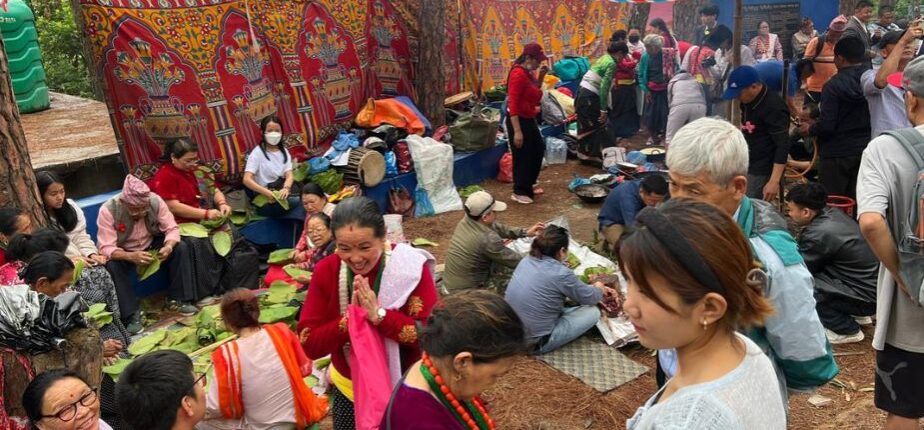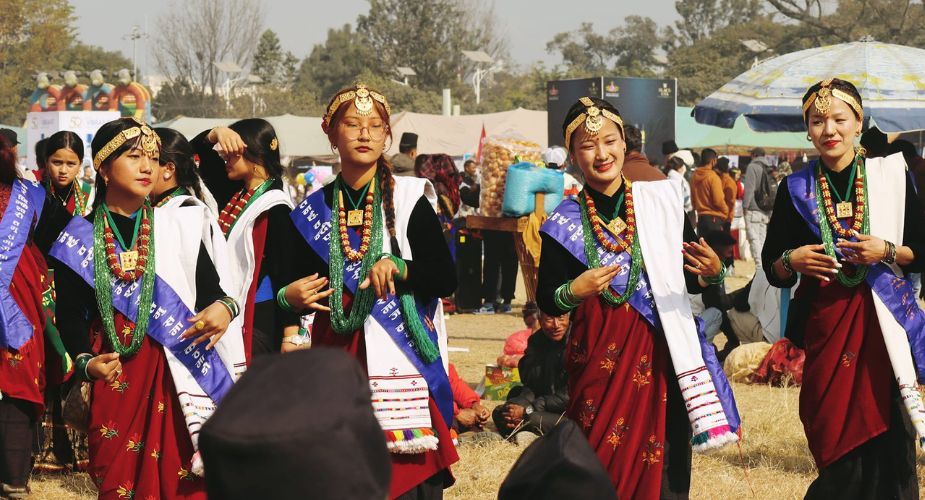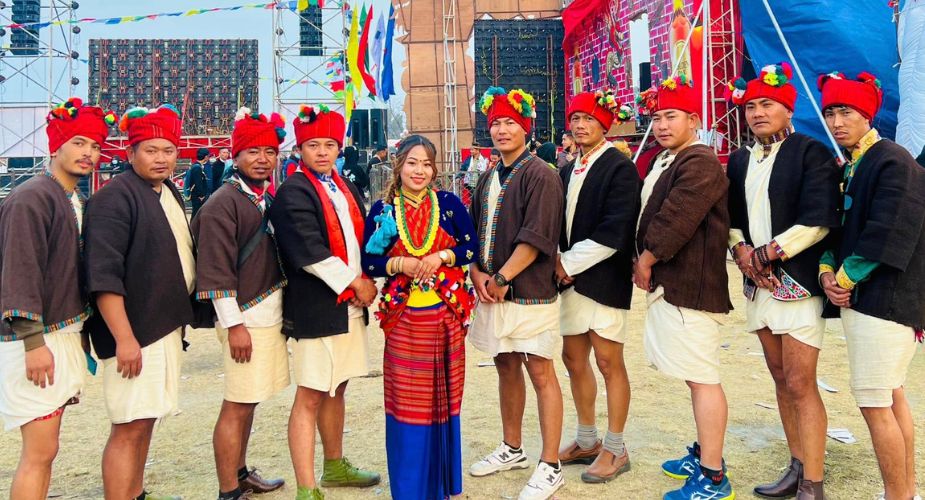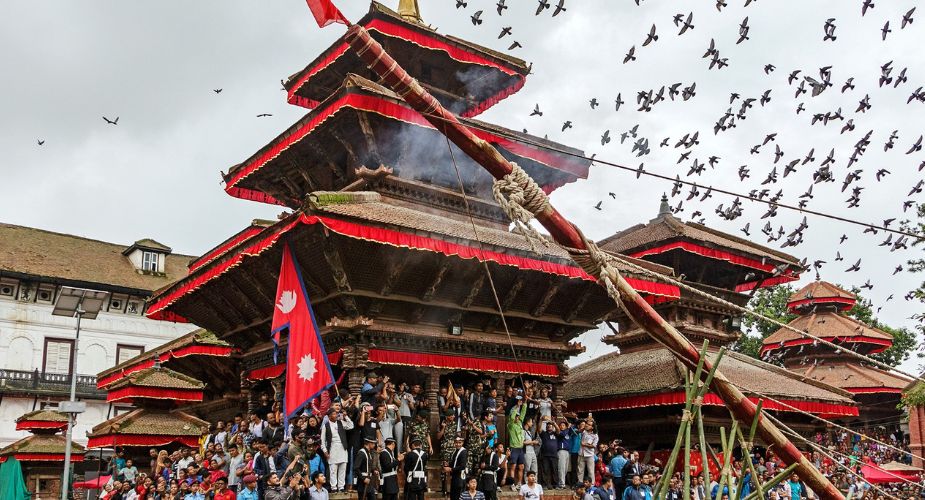Unmissable Tribal Festivals to Experience While Trekking in Nepal


Nepal, a small yet culturally rich Himalayan country with a population of 30 million, is home to over 36 ethnic groups, each with its own distinct culture, practices, and festivals. These diverse traditions offer a unique blend of cultural experiences for travelers. Whether you are embarking on a trek in the mountains or exploring the cities, Nepal’s festivals provide an excellent opportunity to immerse yourself in local traditions.
Known as the “Land of Festivals,” Nepal boasts a calendar filled with celebrations, often humorously referred to as having “366 festivals in a year.” This abundance of cultural events ensures that visitors can partake in at least one festival during their stay, adding a vibrant and memorable layer to their journey.
Participating in these tribal festivals while trekking in Nepal provides a deeper understanding of the country’s cultural diversity and heritage. Each festival offers a unique experience, enriching your journey through Nepal’s stunning landscapes. Plan your trek to coincide with these vibrant celebrations, and you will leave with memories that go beyond the mountains.
Udhauli and Ubhauli Parba of Kirant
The Kirant community, indigenous to the eastern hills of Nepal, celebrates Udhauli and Ubhauli Parba as pivotal events marking seasonal transitions. Ubhauli, held in May, signifies the migration of the Kirant people to warmer lowlands, while Udhauli in November marks their return to the highlands. These festivals are characterized by vibrant dances, rituals, and offerings to nature, showcasing a deep respect for the environment.
Gurung Lhosar

Gurung Lhosar, celebrated by the Gurung community, marks the New Year according to the Tibetan lunar calendar. This festival, observed in December or January, is a time of joyous gatherings, traditional dances, and feasting. Trekkers in the Annapurna region can witness the colorful Tamu Lhosar celebrations, offering a glimpse into the Gurung culture’s rich traditions.
Sonam Lhosar

The Tamang community celebrates Sonam Lhosar, their New Year, with great enthusiasm. Taking place in January or February, Sonam Lhosar is marked by traditional dances, music, and elaborate feasts. It is a vibrant celebration that reflects the Tamang people’s heritage, offering trekkers a chance to engage with local customs in the Langtang and Helambu regions.
Gyalpo Lhosar
Gyalpo Lhosar is the New Year festival of the Sherpa community, celebrated with grandeur in February or March. It is a time for family reunions, cultural performances, and religious rituals. Trekkers in the Everest region can experience the festive spirit of Gyalpo Lhosar, where monasteries are adorned with decorations, and the sound of traditional music fills the air.
Maghi
Maghi, the New Year festival celebrated by both the Tharu and Magar communities, is held in mid-January. It marks the end of the harvest season and is a time for renewal and festivities. Both the Tharu and Magar communities celebrate with traditional dances, music, and feasts that showcase their rich cultural heritage. Trekkers in the Terai region can partake in the Tharu’s unique cultural expressions, including traditional dances, music, and feasts that showcase their rich agricultural heritage.
Ghode Jaatra
Ghode Jaatra, known as the “Festival of Horses,” is a spectacular event held in Kathmandu. This festival, celebrated in March or April, features thrilling horse races and parades. It is believed to ward off evil spirits and is a must-see for trekkers passing through the capital, offering a blend of mythology and cultural extravagance.
Indra Jaatra

Indra Jaatra, one of the most significant festivals in Kathmandu, is dedicated to Lord Indra, the god of rain. Celebrated in September, this festival includes processions, masked dances, and the display of the living goddess Kumari. Trekkers visiting the Kathmandu Valley can witness this grand celebration, which highlights the valley’s rich Newar culture and traditions.







